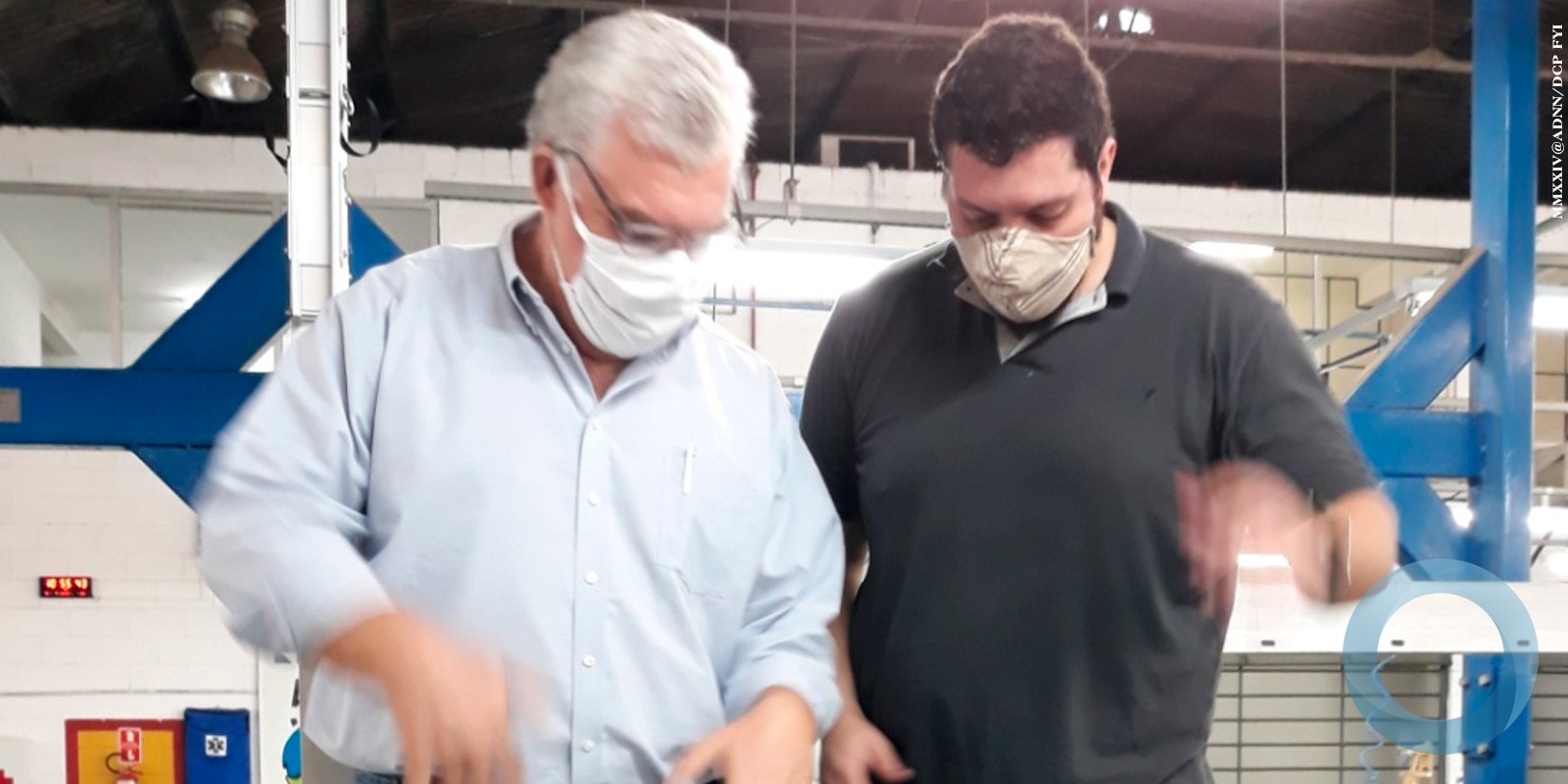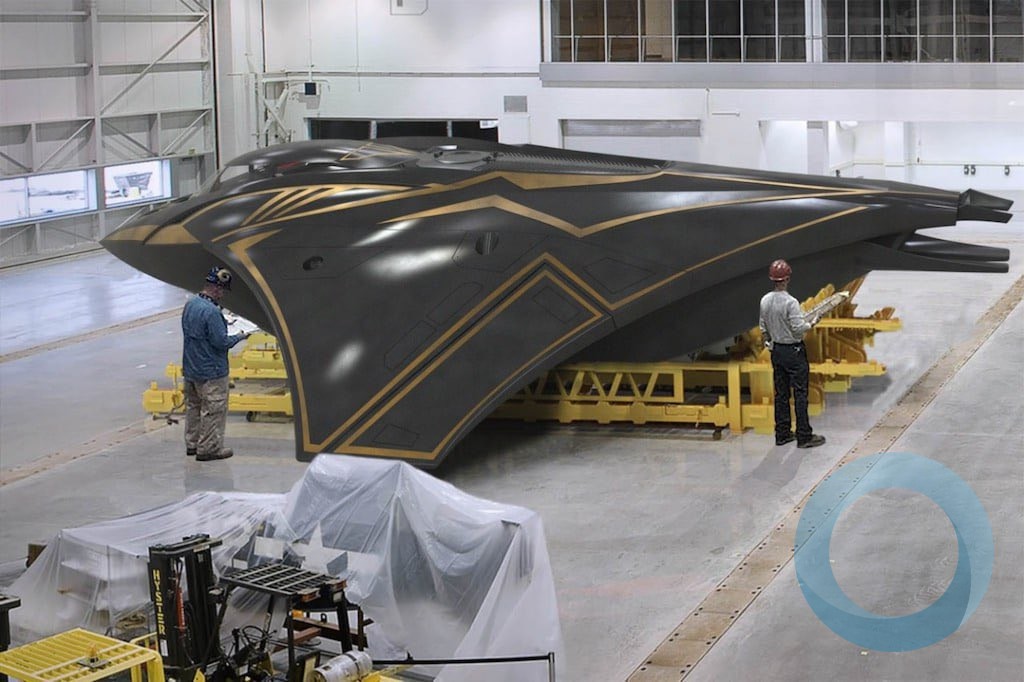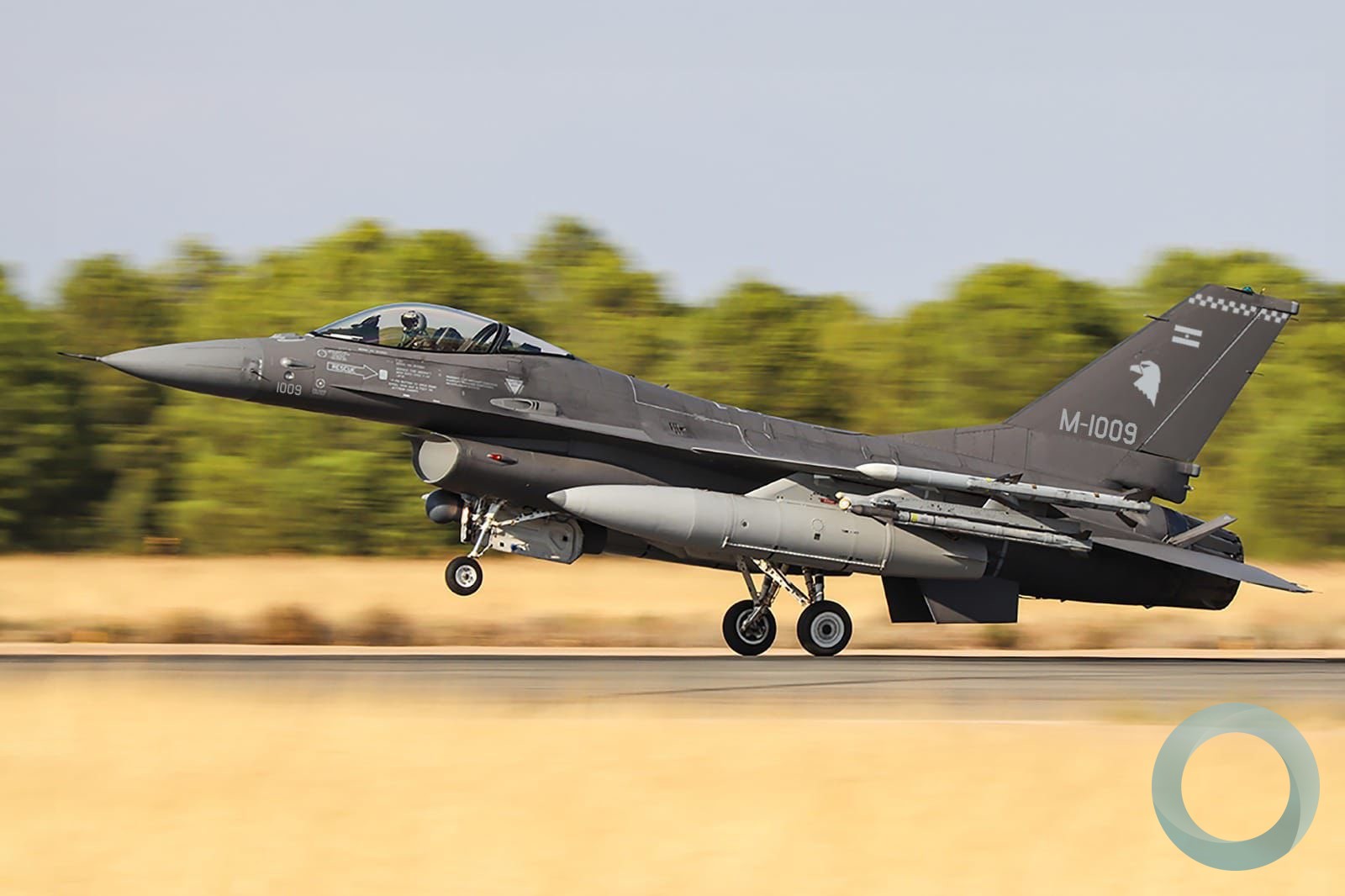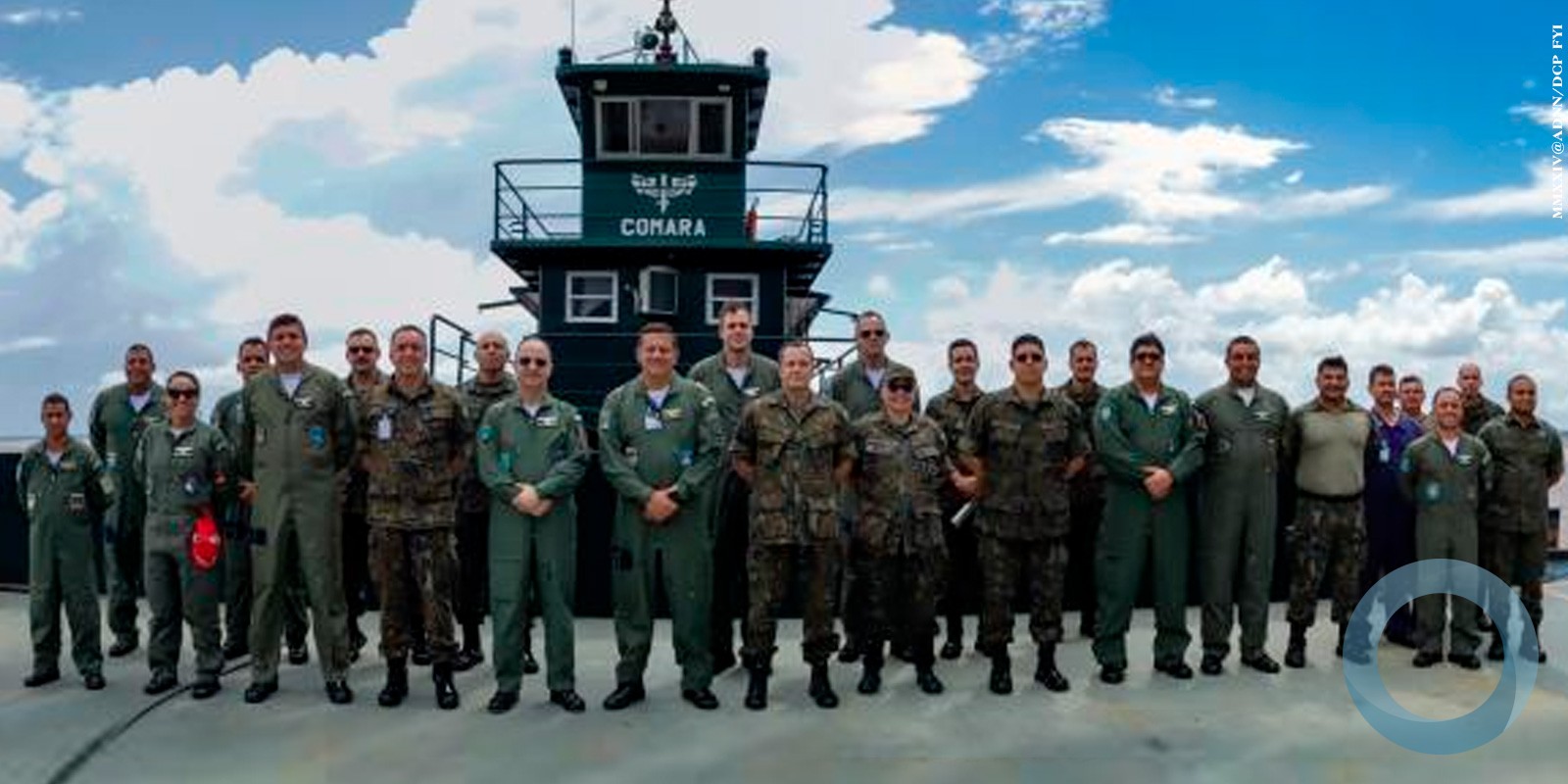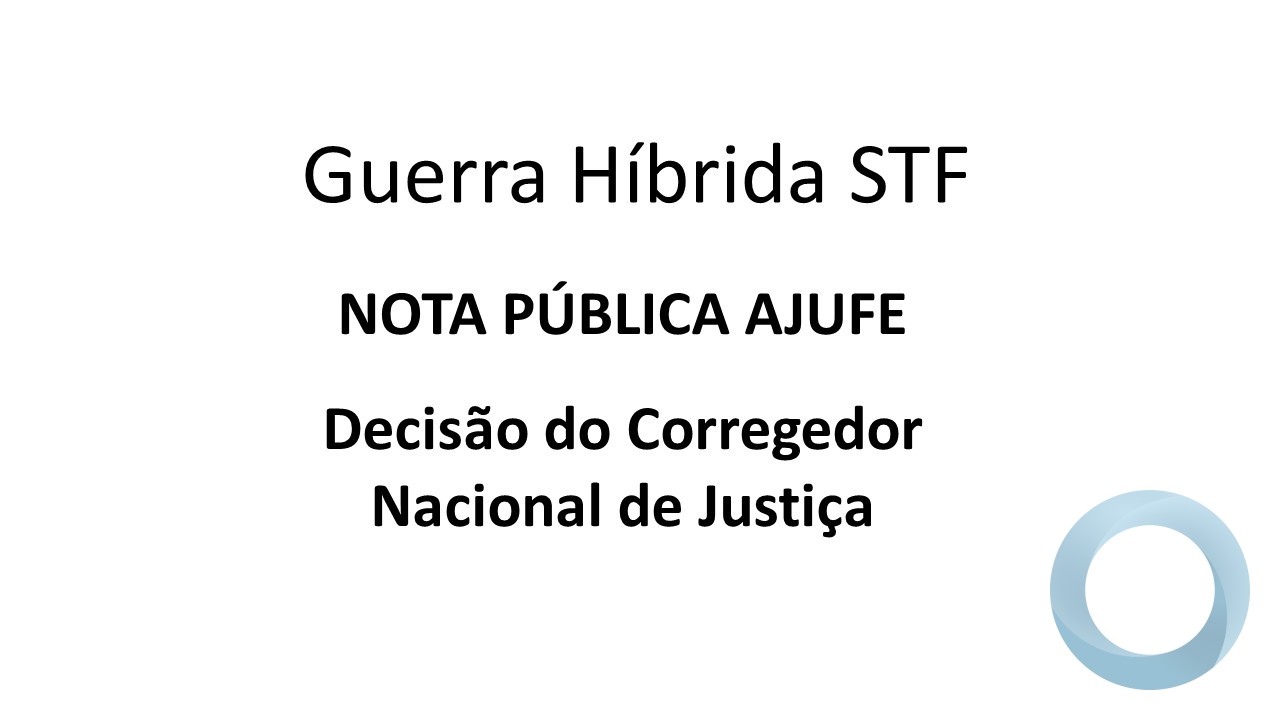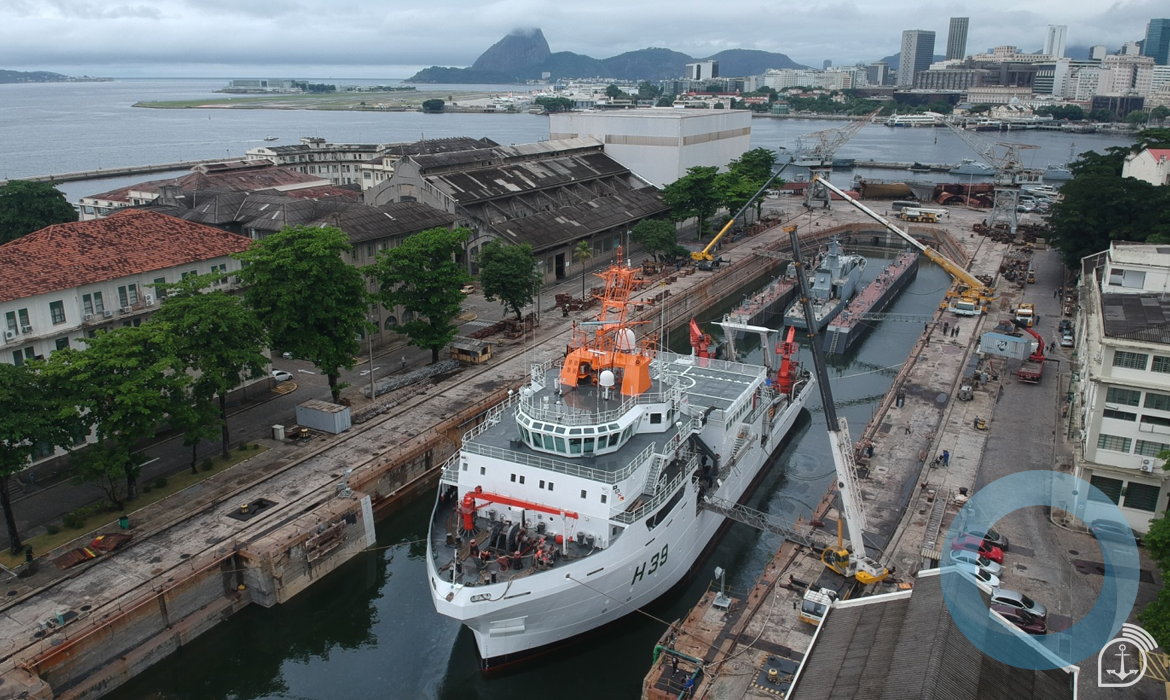Admission is automatic for any country that owns the Patriot air and missile defense system. And ownership comes with continuous learning, based on real-world data from 2,500 search-and-track flight tests; dozens of annual missile firings; numerous training exercises; and ongoing deployments in a wide range of environmental and operational conditions.
“Part of the Global Patriot Solutions model is getting not only the most advanced technology for air and missile defense,” says Jose Alicea, Raytheon’s program manager for the international engineering services program. “Countries also cooperate in funding, knowledge sharing, and voting on the next engineering innovations.”
For thirteen nations, Patriot ownership is a ticket to learn from a select council of defense experts. And to help build the roadmap for the modernization of the ever-evolving Patriot system.
“It’s vital that we constantly add capabilities to the Patriot system to stay ahead of evolving global threats,” said Bill Blake, director of Patriot operations and integration.
Patriot is the cornerstone of air and missile defense for the U.S. and 12 other allied nations in Europe, the Pacific Rim and the Middle East. Countries upgrade the system regularly in order to field the most advanced Patriot configuration. The Republic of Korea recently announced it would refresh its Patriot inventory; the Kingdom of Saudi Arabia said it would invest more than $2 billion in new Patriot fire units; and the government of Poland selected Patriot for its medium-range air and missile defense.
“At any point in time, we have a full pipeline of technologies in various stages of maturity,” said Blake. “As they are tested and certified for operational use, countries can acquire these new capabilities as system upgrades. The countries fund the Patriot modernization projects in proportion to the number of systems they own, so they can obtain upgraded systems at a fraction of what it would cost for a standalone acquisition.”
The upgrade path for Patriot is mapped out at the International Engineering Services Program annual review. Since 1992, senior military officials from Patriot owner nations have gathered there to share information and vote on the budget for new technology investments. The event allows officials to immerse themselves in all things Patriot. They review shared priorities with the larger team, and go over country-specific agendas individually with their U.S. government counterparts.
"These meetings are a great opportunity to hear first hand from our customers,” said Alicea. “As a former soldier, I understand their desire to make sure their militaries have everything they need to be successful with this system.”
The group also benefits from each other, trading operational knowledge and best practices.
“Patriot is deployed 24-7 around the world,” said Tim Zeier, director of Patriot Domestic Ground Programs. “The user countries share a wealth of reliability and performance data from real-world missions in different climates and regions. International participation plays a huge role, as every deployment adds to the learning.”
Patriot technology has evolved well past the systems initially acquired by the U.S. and other countries.
“Thanks to this working group, we are way beyond the Patriot you thought you knew,” said Alicea. “The group has funded billions of dollars in non-recurring engineering costs over the past 20 years. They continue to review new capabilities and upgrade plans, and there are more technologies in the pipeline.”
Raytheon also continues to invest in Patriot. A major new element in the company’s modernization pipeline is the gallium nitride-based active electronically scanned radar array, or AESA, which enables 360 degree coverage by the Patriot radar. The U.S. government recently cleared the Patriot AESA radar for export.
“Raytheon has invested more than $150 million in gallium nitride technology,” said Bill Blake. "Raytheon demonstrated 360 degree capability with our working GaN-based Patriot AESA pilot array, and we are on track to enter engineering and manufacturing development.”






















